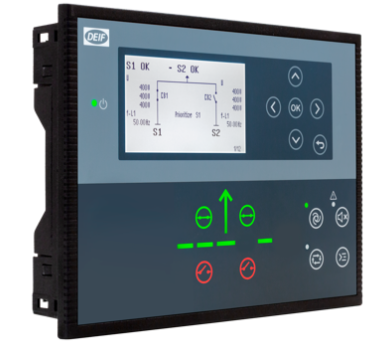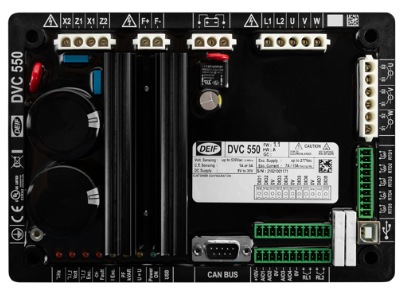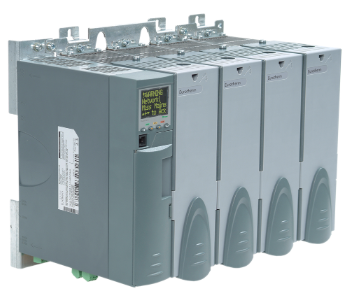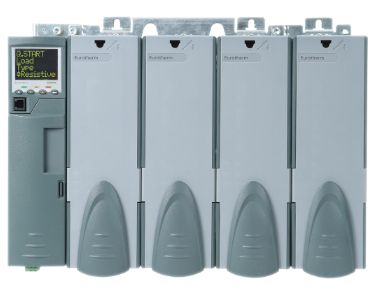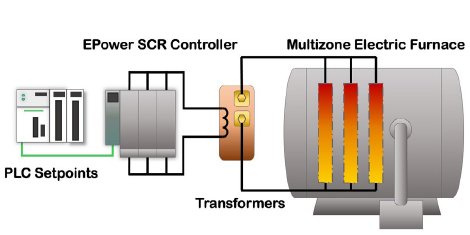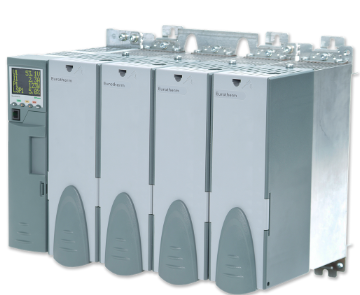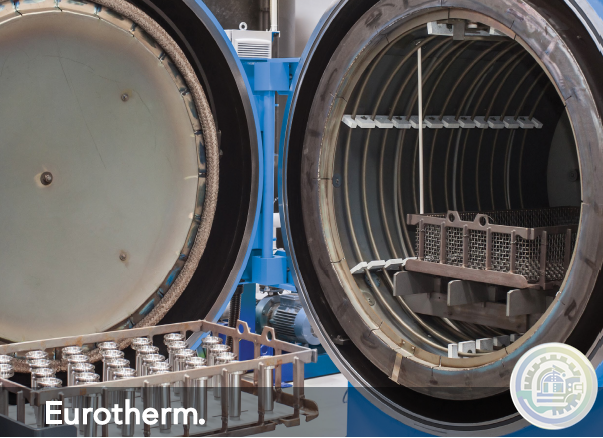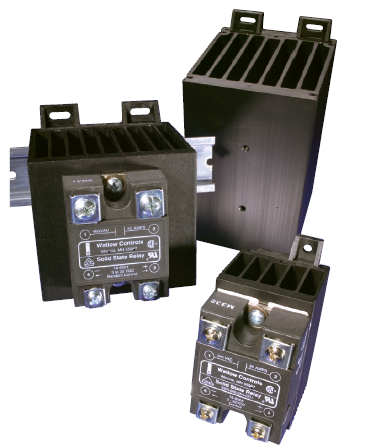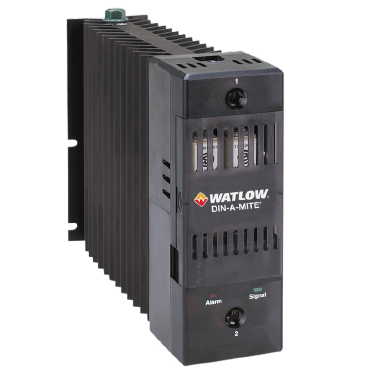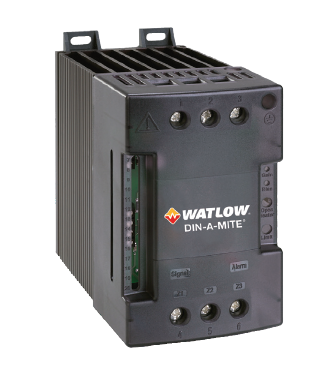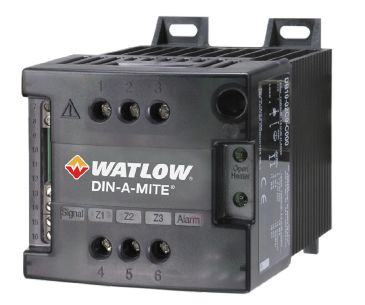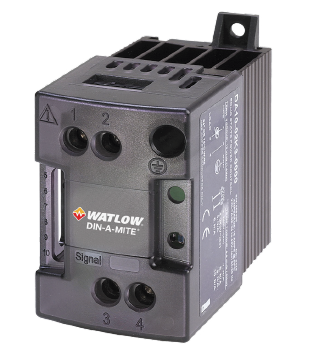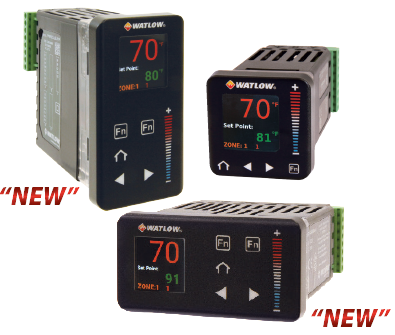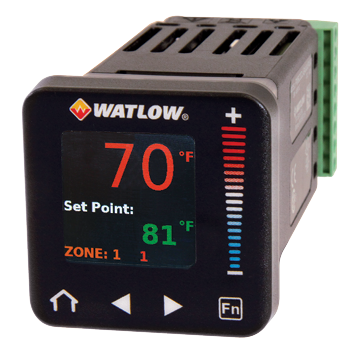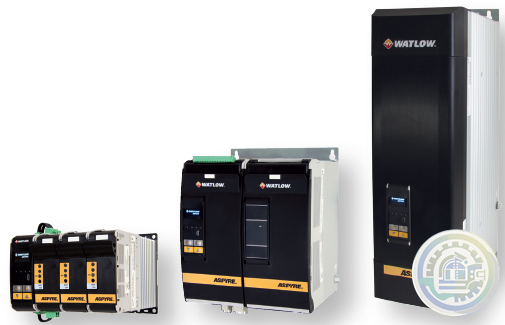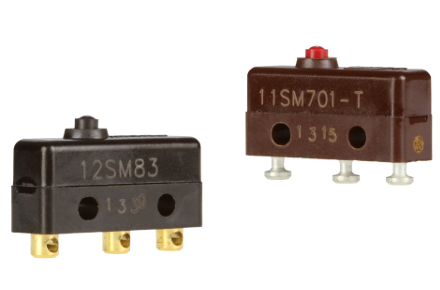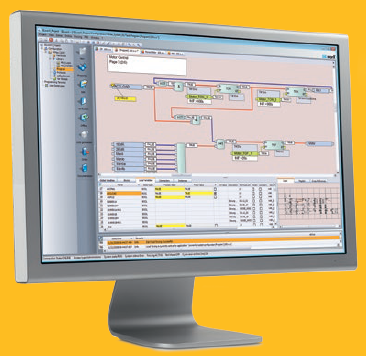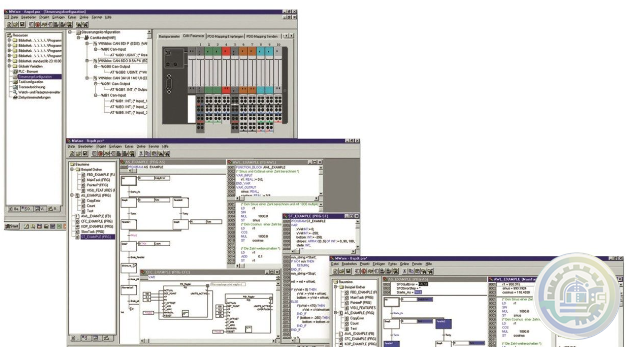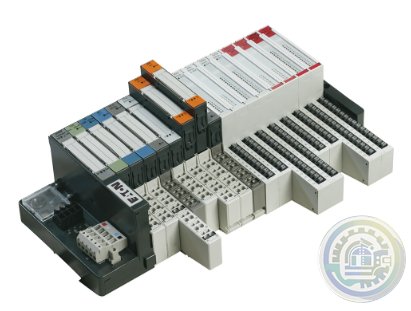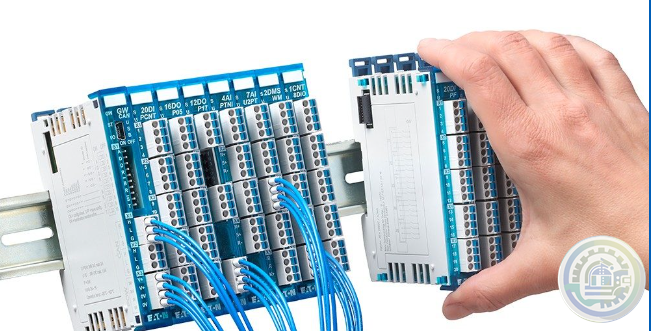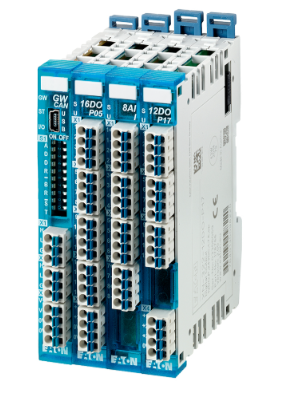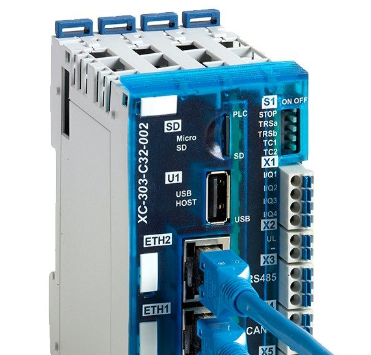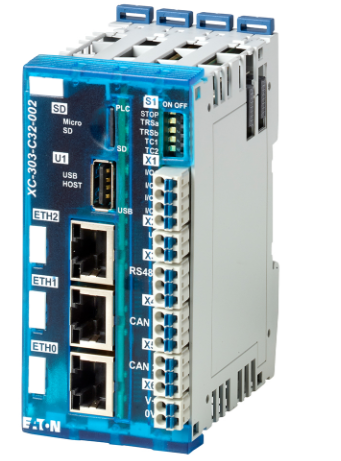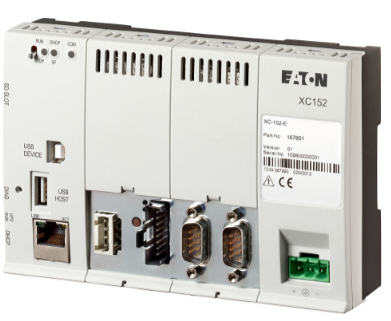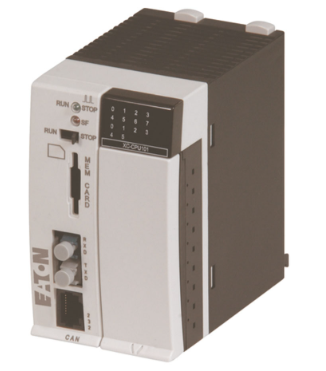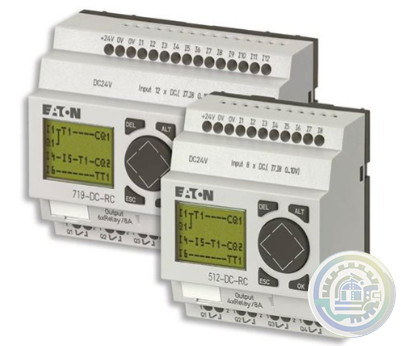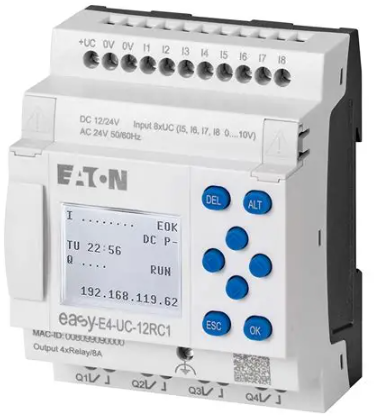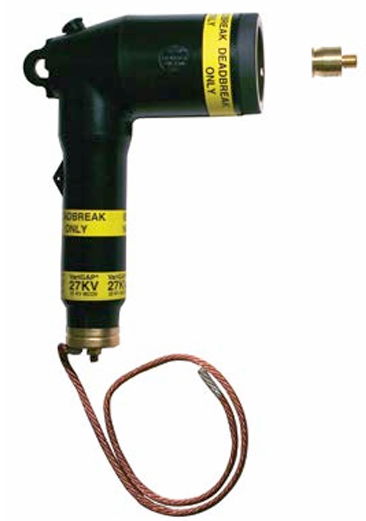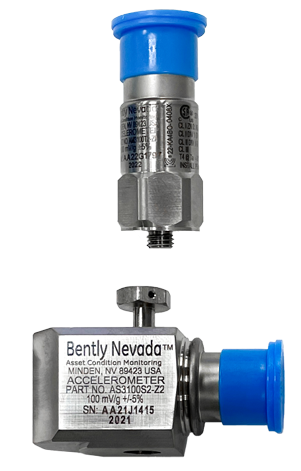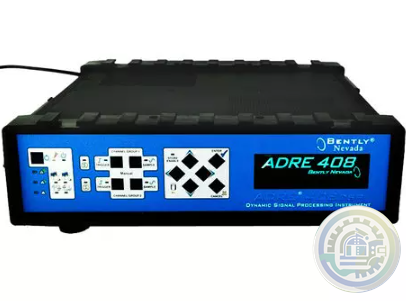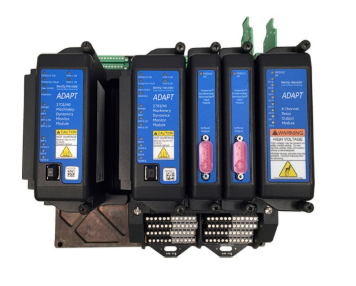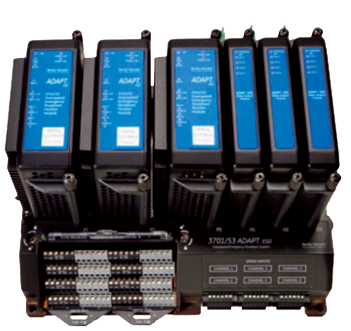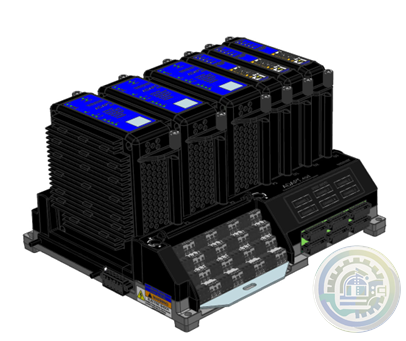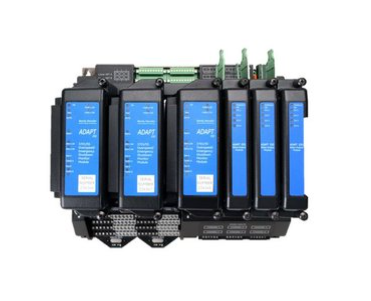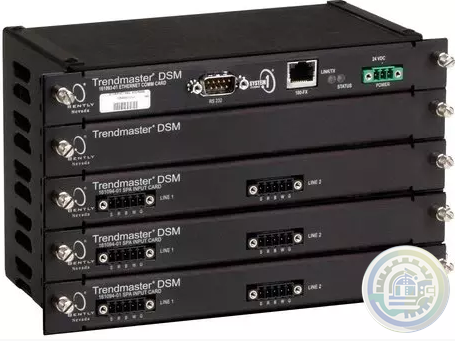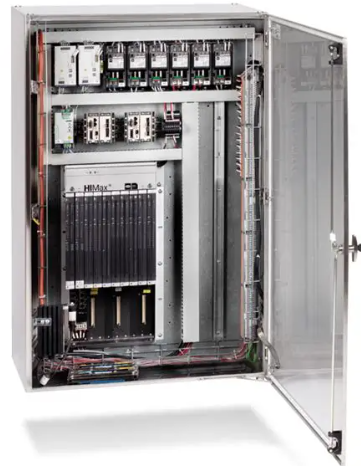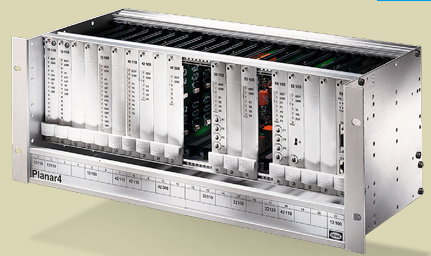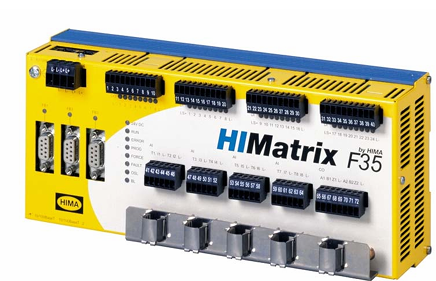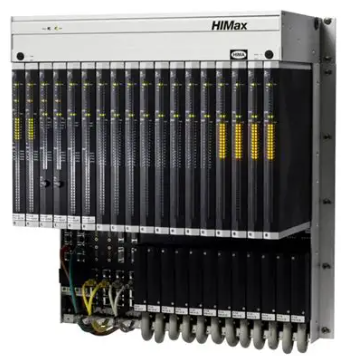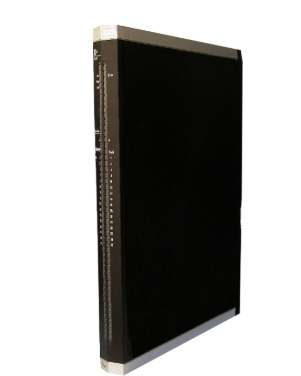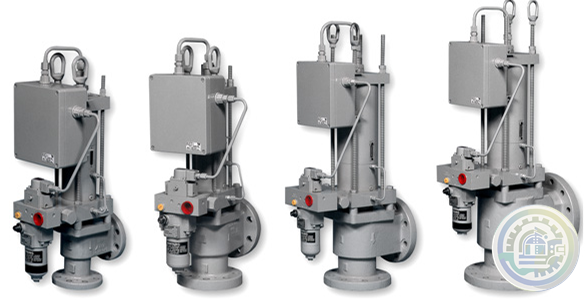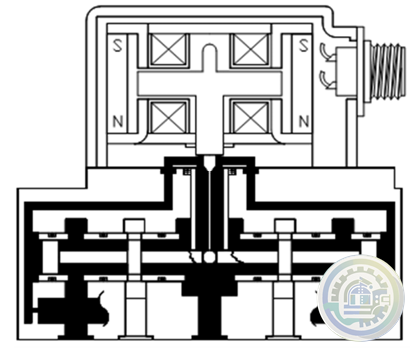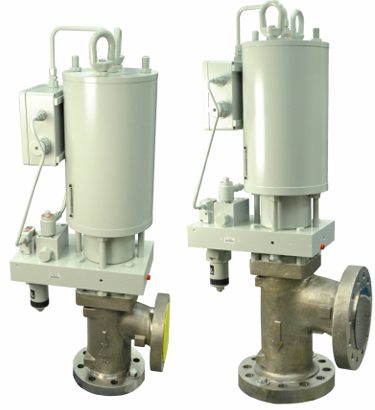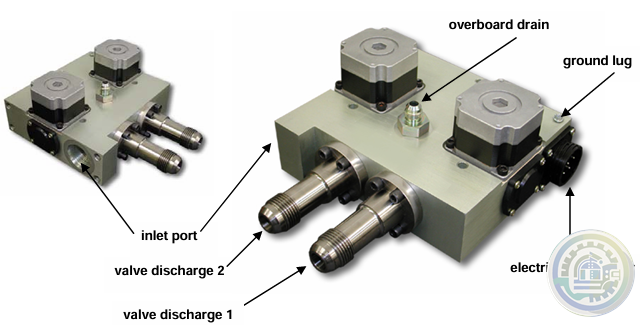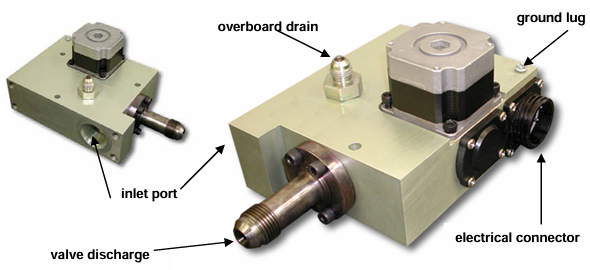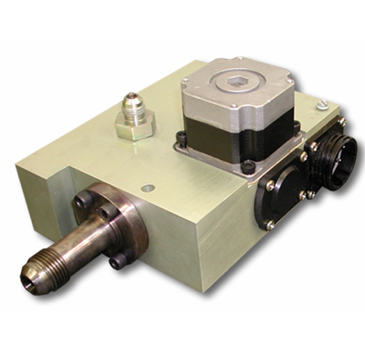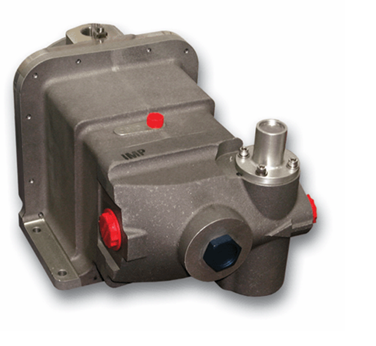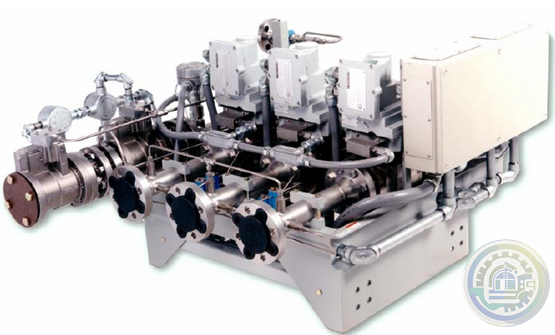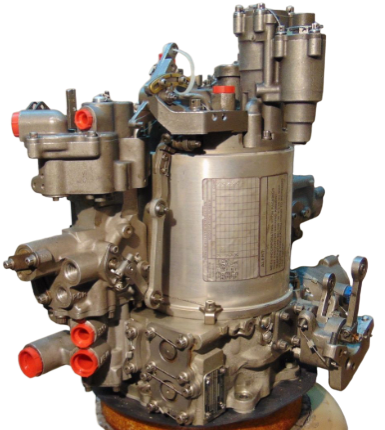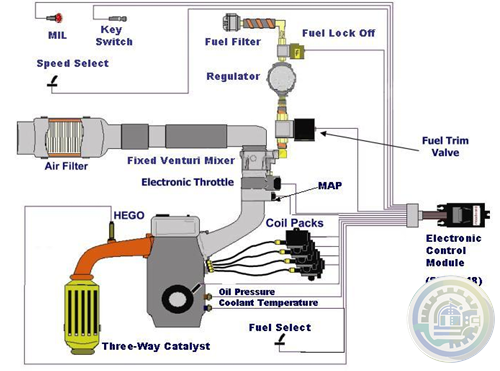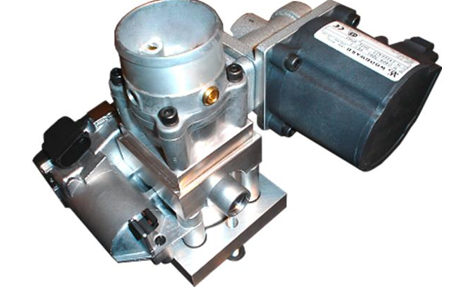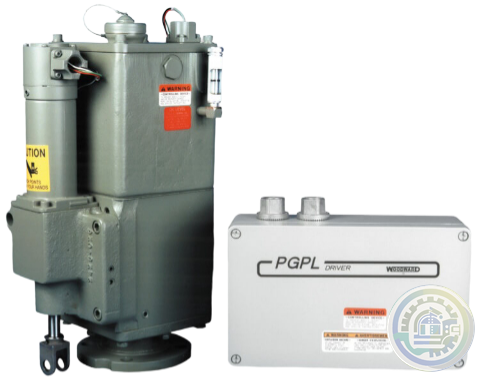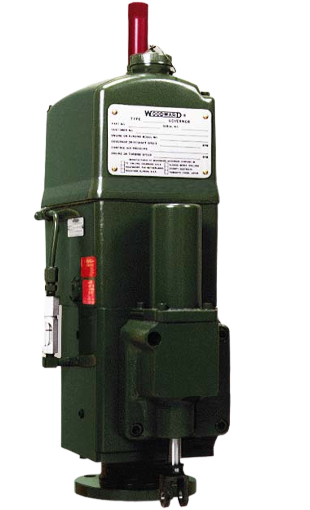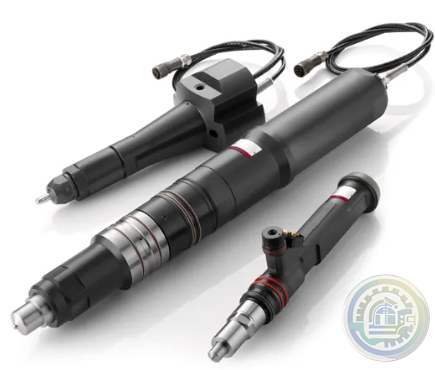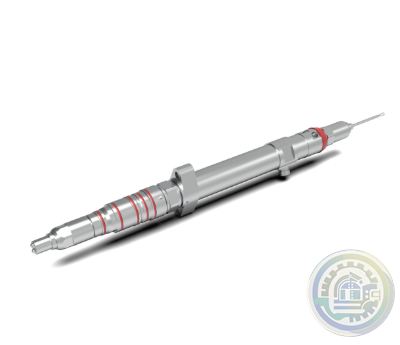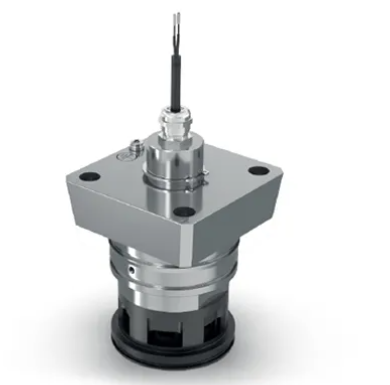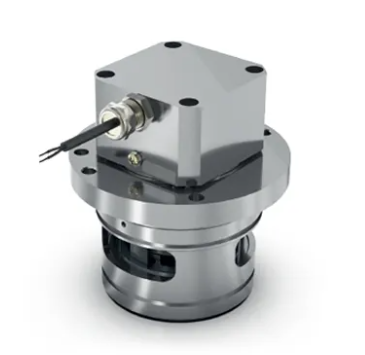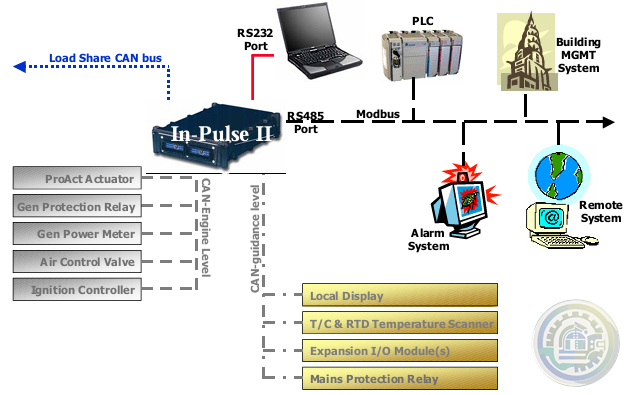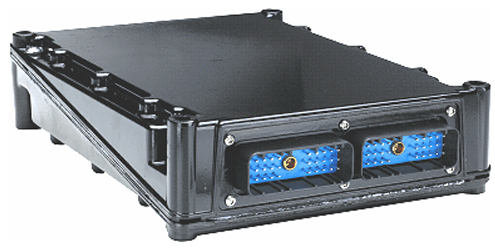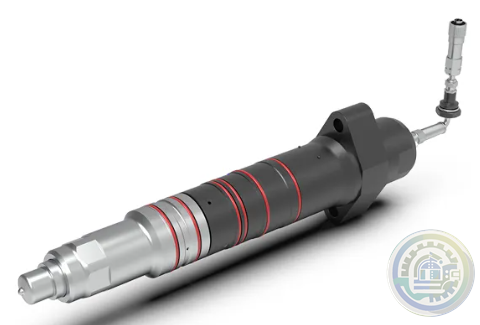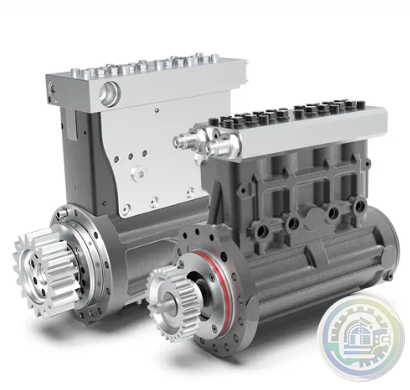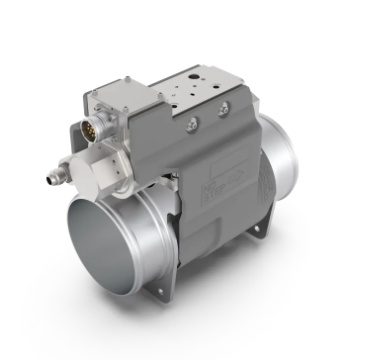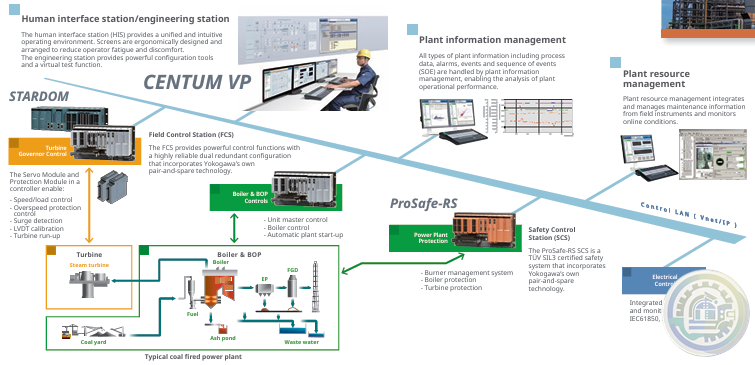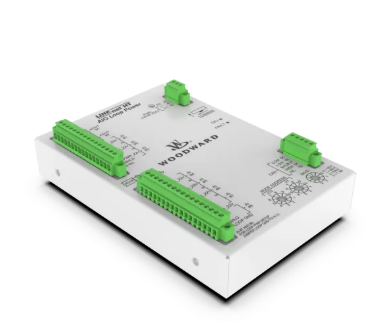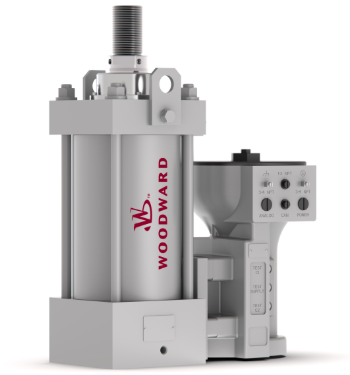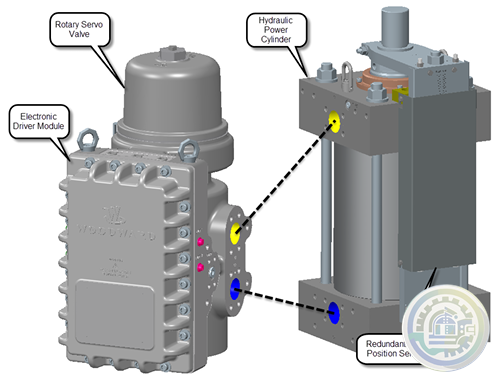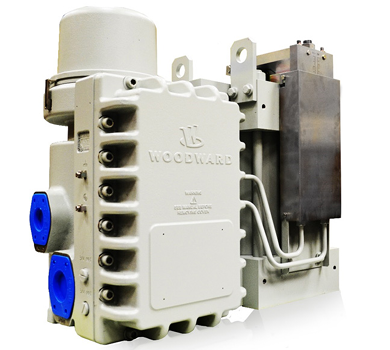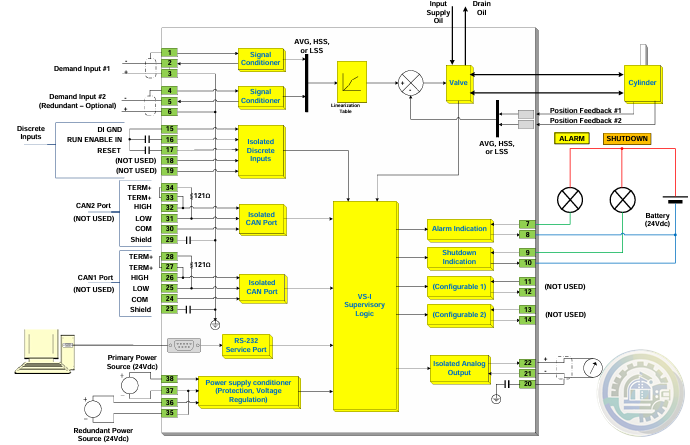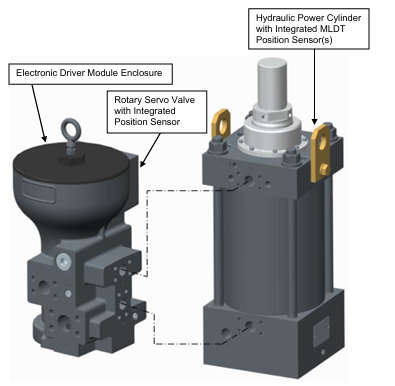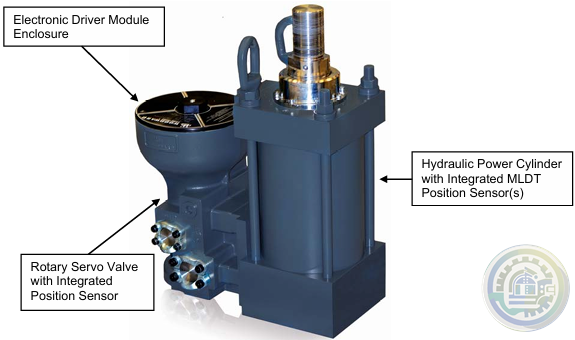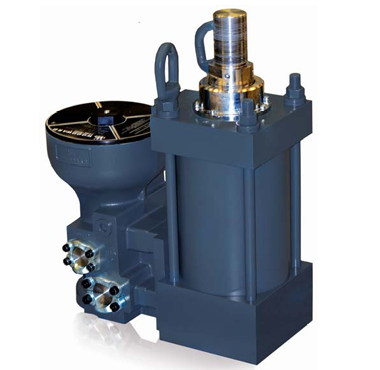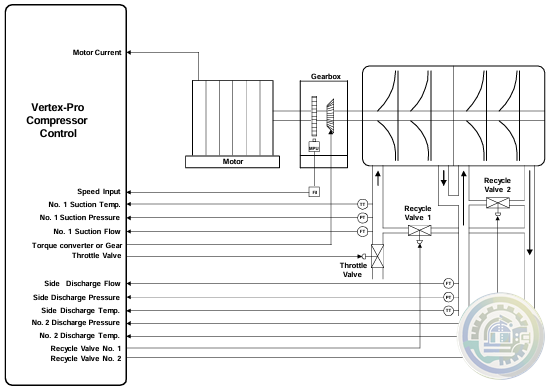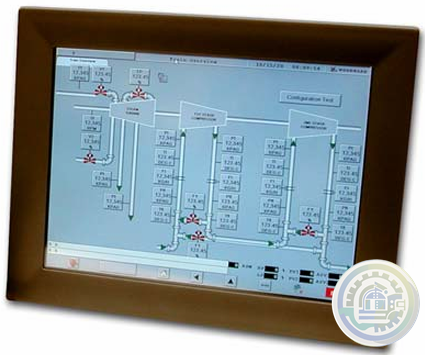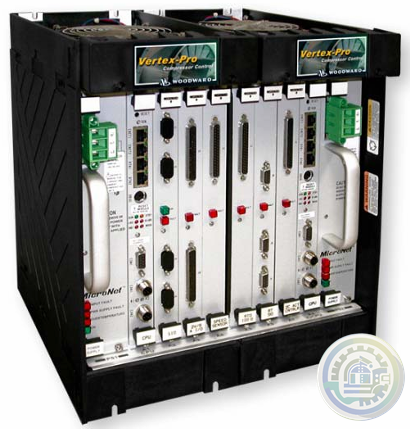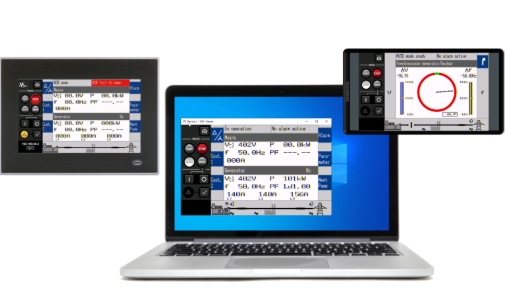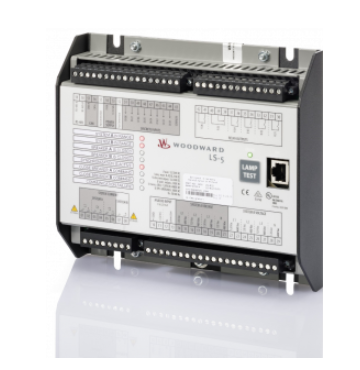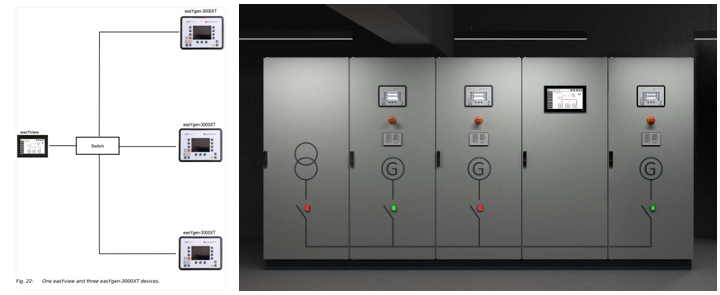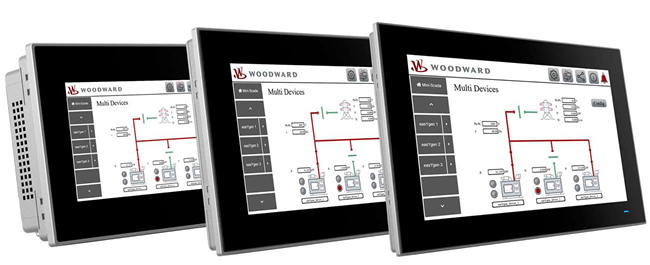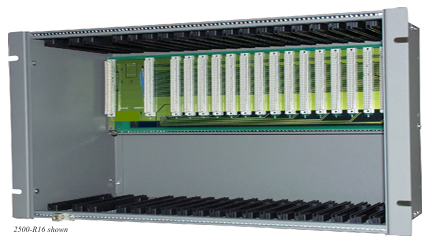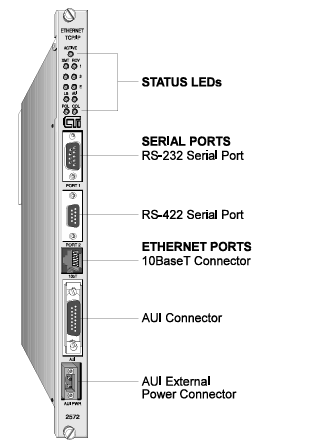-
A-B 20G11BC1K1JN0NNNNN PowerFlex Air Cooled 755 AC Drive
-
A-B 20P41AF452RA0NNN PowerFlex 452 A DC Drive
-
A-B 20GHAJC540JN0NNNNN PowerFlex Extra Tough 755 AC Drive
-
EPRO MMS6823 9100-00001-05 Displacement Monitor Module
-
GE LP-33 SERIES UPS DISPLAY & CONTROL PANEL LP33
-
Streamline power transfer with DEIF's AGC 150 ATS controller
-
DEIF AGC 150 ATS: Advanced Generator Transfer Switch for Seamless Power Management
-
DEIF DVC 550 Automatic voltage control
-
DEIF Optimize Your Power Systems with DEIF's DVC 550
-
DEIF DVC 350 Digital automatic voltage regulator (AVR)
-
DEIF Advanced Features of DVC 350 Digital Automatic Voltage Regulator
-
DEIF Digital Voltage Controller DVC 550
-
Watlow EPower™ Controller Revolutionary modularity and configurability to meet your needs
-
Watlow Eurotherm® EPower™ Controller
-
Watlow Eurotherm A standardized upgrade solution
-
Watlow Eurotherm Cost efficiency for electric furnaces
-
Watlow Eurotherm Energy efficiency for electric heat treatment furnaces
-
Watlow Solid State Relays (SSR)
-
Watlow DIN-A-MITE® D silicon controlled rectifier (SCR) power controller
-
Watlow DIN-A-MITE® C silicon controlled rectifier (SCR) power controller
-
Watlow DIN-A-MITE® B Power Controller
-
Watlow DIN-A-MITE® A Power Switching Devices
-
Watlow ASPYRE® AT Power Controllers
-
Watlow ASPYRE® DT SCR Power Controllers
-
Watlow PM PLUS™ Controller Features and Benefits
-
Watlow PM PLUS™ Controller
-
Watlow ASPYRE To Elevate Your System
-
Watlow ASPYRE® DT Power Controllers
-
Honeywell MICRO SWITCH Premium Subminiature Basic Switches
-
HIMA SILworX API (application programming interface)
-
HIMA Automated testing with SILworX Smart Safety Test
-
HIMA SILworX The world’s most advanced safety application manager
-
Eaton CODESYS software
-
Eaton CODESYS version 3 Integrated fieldbus configuration
-
Eaton XI/ON I/O system
-
Eaton XN300 modules High modularity with a small footprint
-
Eaton XN300 I/O system
-
Eaton The XC300 modular PLC: Powerful communication
-
Eaton The three device variants of the XC300 Comprehensive functions and interfaces
-
Eaton XC300 modular programmable logic controllers
-
Eaton XC150 compact programmable logic controllers
-
Eaton XC100/200 modular programmable logic controllers
-
Eaton Multi-Function Display MFD-Titan
-
Eaton Legacy Easy programmable relays
-
Eaton easySafety Safety for people and machines
-
Eaton easySafety programmable safety relays
-
Eaton easyE4 programmable relays
-
Eaton easyE4 nano programmable logic controllers
-
Eaton COOPER POWER SERIES DirectConnect elbow arrester
-
Bently Nevada IEPE Accelerometer Series
-
Bently Nevada Velocity Sensors & Accelerometers
-
Bently Nevada ADRE - Data Acquisition & Machine Diagnostics System
-
Bently Nevada 3701/55 Emergency Shutdown Device
-
Bently Nevada Asset Condition Monitoring
-
Bently Nevada 3500 Machinery Protection Systems
-
Bently Nevada ADAPT ESD Relay Module
-
Bently Nevada Typical (and recommended) applications of the ADAPT ESD
-
Bently Nevada 3701/55 ADAPT (ESD) Emergency Shutdown Device
-
Bently Nevada Online Condition Monitoring Systems
-
Bently Nevada Trendmaster Online Condition Monitoring System
-
Bently Nevada Orbit Distributed Condition Monitoring
-
HIMA The HIJunctionBox is part of the Smart Safety Platform
-
HIMA HIJunctionBox Straightforward Safety
-
HIMA Planar4 Where Ultimate Safety Counts
-
HIMA HIQuad Lifecycle & Modernization
-
HIMA HIQuad X A New Dimension of Performance for Your Safety System
-
HIMA Communication Features of HIQuad X
-
HIMA Flexible SIL 4 Controllers SYSTEM FOR THE RAIL INDUSTRY
-
HIMA HIMatrix SYSTEMS Uniquely Fast, Uniquely Flexible
-
HIMA F35 HIMatrix Safety-Related Controller
-
HIMA HIMax Flexible Safety for Maximum Profitability
-
HIMA X-COM 01 Communication Module
-
HIMA X-DI 64 01 Digital Input Module
-
Woodward Oil Management
-
Woodward SonicFlo™ Gas Fuel Control Valve With Electric Trip
-
Woodward SonicFlo™ Gas Triple Coil Electrohydraulic Servo Valve Assembly
-
Woodward SonicFlo™ Gas Valves Hydraulically Actuated
-
Woodward Discrete Output for Driver Status Indication
-
Woodward PWM Input for Position Demand
-
Woodward The Swift valve is a sonic flow-metering valve
-
Woodward Swift™ Gas Metering System
-
Woodward LQ6 Liquid Fuel Valve with On‐board Driver
-
Woodward Fuel Metering System Integration Capabilities
-
Woodward DLE/DLN for Aeroderivative Turbine Platforms
-
Woodward Fuel Metering Systems
-
Woodward PG-07 controls Sequential spark ignition
-
Woodward PG-07 CONTROL SYSTEM FEATURES
-
Woodward PG-07 Power Generation & Stationary Control System
-
Woodward PG‐PL Governor
-
Woodward Air Management
-
Woodward Engine Actuation Systems
-
Woodward Fuel Injection and Ignition Systems
-
Woodward Fuel Control Systems
-
Woodward Smart Injector Technology Key Product Variants Include
-
Woodward P2X Features & Functionality
-
Woodward P2X Multi-Fuel Injectors
-
Woodward SOGAV Gas Valves
-
Woodward SOGAV Key Product Variants Include
-
Woodward In-Pulse™ ll Self‐Diagnostics
-
Woodward In-Pulse ll Fuel Injection Control
-
Woodward Dual-Fuel Injectors
-
Woodward High-Pressure Pumps
-
Woodward offers a growing line of air valves
-
YOKOGAWA Turbine Control Solutions
-
Emerson Turbine Control
Current Location:
- Glassman
- Johnson Controls
- Studer
- Watlow
- AEG
- ADVANCED
- KEBA
- Bristol Babcock
- Rolls-Royce
- Aerotech
- APPLIED MATERIALS
- Basler
- SAACKE
- BENDER
- Kollmorgen
- MEGGITT
- METSO
- MITSUBISHI
- MTL
- HIMA
- Siemens
- BACHMANN
- AMAT
- DEIF
- DELTATAU
- EATON
- ELAU
- LAM
- SCHNEIDER
- Advantest
- ABB
- GE
- Emerson
- Motorola
- A-B
- KUKA
- Abaco
- HITACHI
- SST
- Vibro-Meter
- Rexroth
- Prosoft
- DFI
- Scanlab
- Reliance
- Parker
- Woodward
- MOOG
- NI
- FOXBORO
- Triconex
- Bently
- ALSTOM
- YOKOGAWA
- B&R
- UNIOP
- KONGSBERG
- Honeywell
- Omron
- CTI
- EPRO
66
Product parameters
- Tell:+86-18144100983
- email:kongjiangauto@163.com
- Application:wind/ petroleum/ chemical/ natural gas/ Marine/ mining/ aviation/ electronics/ steel/ nuclear power/ electric power/ coking/ air separation and so on
- Series:PLC/ DCS/ servo/ analog/ Ethernet/ digital/ redundant module/ tension system/ excitation/ generator management/ human-machine interface/ detection card/ sensor/ AC drive/ etc
Feature
**ABB NTST01 Termination Unit: Unmatched Reliability and Performance in Automation**
The ABB NTST01 Termination Unit is engineered for high-performance applications within the power industry, petrochemical sectors, and general automation. This termination unit stands out with its exceptional input/output capacity, allowing seamless integration and communication between various devices. The NTST01 is built to endure harsh industrial environments, showcasing durability that ensures reliable operation over extended periods.
**Key Technical Features:**
The ABB NTST01 Termination Unit boasts an impressive input/output capacity, facilitating a high degree of connectivity and flexibility for complex automation systems. It supports multiple signal types, allowing for the integration of various devices and sensors. The unit's robust design ensures it can withstand challenging operational conditions, including extreme temperatures and electrical interference, making it a reliable choice for mission-critical applications. Its performance metrics are optimized for minimal downtime, ensuring continuous operation and maximizing productivity.

In the power industry, the ABB NTST01 Termination Unit excels by effectively managing communication between control systems and field devices. It plays a vital role in monitoring and controlling power distribution, ensuring that systems are responsive and efficient. In petrochemical applications, the NTST01 is instrumental in facilitating data collection from sensors and actuators, which enhances safety and operational efficiency. Its versatility also extends to general automation, where it streamlines processes by providing a reliable interface for various automation components.
**Comparison with Other Models:**
When compared to other ABB models, such as the ABB PM564-RP-ETH-AC and ABB ACS880-01-061A-3 AC Drive, the NTST01 Termination Unit offers unique advantages in terms of connectivity and ease of integration. While the PM564-RP-ETH-AC focuses on processing and communication in control systems, the NTST01 excels in its role as a termination point, ensuring that devices can communicate effectively with minimal latency. The ACS880-01, known for its advanced drive capabilities, can be complemented by the NTST01, which serves as a reliable link between the drive and other control components, enhancing overall system performance.
**Complementary Models:**
The ABB NTST01 Termination Unit works harmoniously with several other ABB automation products. For instance, the ABB PM856AK01 Processor Unit provides the processing power necessary for advanced control applications, while the ABB 3ABD00034194 offers additional input/output options, enhancing the system's versatility. Additionally, the ABB DV500-DUALMON monitors and controls the NTST01, ensuring optimal performance in demanding environments. Other complementary models include the ABB 3BSE046966R1 TU839 Extended Module, which expands the functionality of the termination unit, and the ABB TK406, which supports various terminal connections.
For users looking to integrate optical solutions, the ABB YPC111A Optical Distributor Module pairs seamlessly with the NTST01, allowing for efficient data transmission across automated systems. Furthermore, the ABB SM812K01 3BSE072270R1 is ideal for providing additional signal processing capabilities, while the ABB ACS310-03E-13A8-4 serves as an excellent variable frequency drive that can be monitored and controlled via the NTST01.
In conclusion, the ABB NTST01 Termination Unit is a cornerstone of ABB’s automation solutions, providing unparalleled reliability and connectivity for applications in the power industry, petrochemical sectors, and general automation. Its robust design, coupled with its extensive compatibility with other ABB models, solidifies its place as an essential component in modern industrial automation systems. Whether enhancing performance in power distribution or optimizing processes in petrochemical operations, the NTST01 is the ideal choice for businesses seeking to improve efficiency and reliability in their automation frameworks.
Purchase history
| User name | Member Level | Quantity | Specification | Purchase Date |
|---|
Total 0 Record
Customer Reviews
Satisfaction :
5 Stars
No evaluation information


66
How to install and debug this product? Matters needing attention
Open the manual and programming software, use the new version, upload the data and programs, save the computer, continue downloading! For details, please consult the technical service provider!
Please do not listen to the advice of non-professional engineers! Cause equipment damage!
Please do not listen to the advice of non-professional engineers! Cause equipment damage!
Where can I download the manual and programming software?
Product official website, official hotline and contact sales or technical engineers.
Is it in stock or need to be ordered?
There will generally be inventory, but it does not rule out that the website inventory has been sold and not updated. Please consult customer service.
Can you provide technical service?
Need to see the product type and site conditions, equipment damage, humanities and other factors, please inform us, we will provide you with a suggestion!
Where can I order this series?
Please see the contact information of the website, official channels, and consulting customer service! Thank you for your cooperation!
Do you have product selection list and pre-sale service?
It can be downloaded from local agents, technical service companies, and the official website (pdf). Some special products are excluded. Please contact us as appropriate.


Let's Communicate
Call the enterprise hotline customer service consultant is waiting for you online
wechat/whatsapp:
Contact Business
Talk to a customer service consultant now about what you need to know
Positive message
Leave us a message and a customer service consultant will contact you within 24 hours
Wechat
Whatsapp
Email: kongjiangauto@163.com
-
GE LP-33 SERIES UPS DISPLAY & CONTROL PANEL LP33
-
GE CL06A300M IEC Contactor (50 Amp)
-
GE CR2962F2D Plugging Switch NIB
-
General Electric IC500A411DG2 Electrical Rectifier Semiconductor
-
GE IS200BICLH1AFE Interface Module 259B2431DB-G01 BICLH1A
Copyright © 2009 - 2024 Cld , All Rights Reserved K-JIANG All rights reserved















